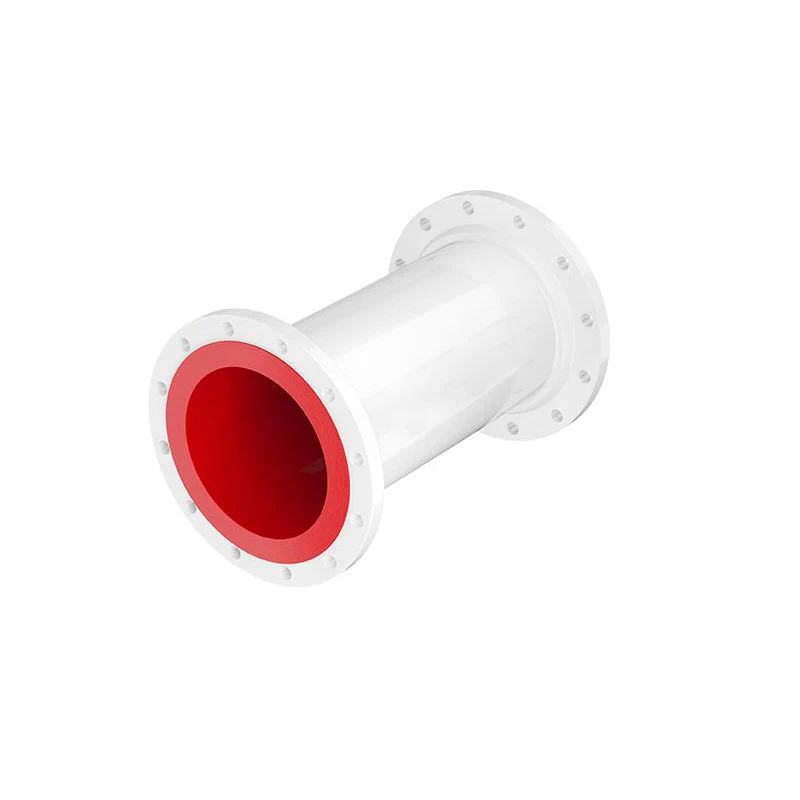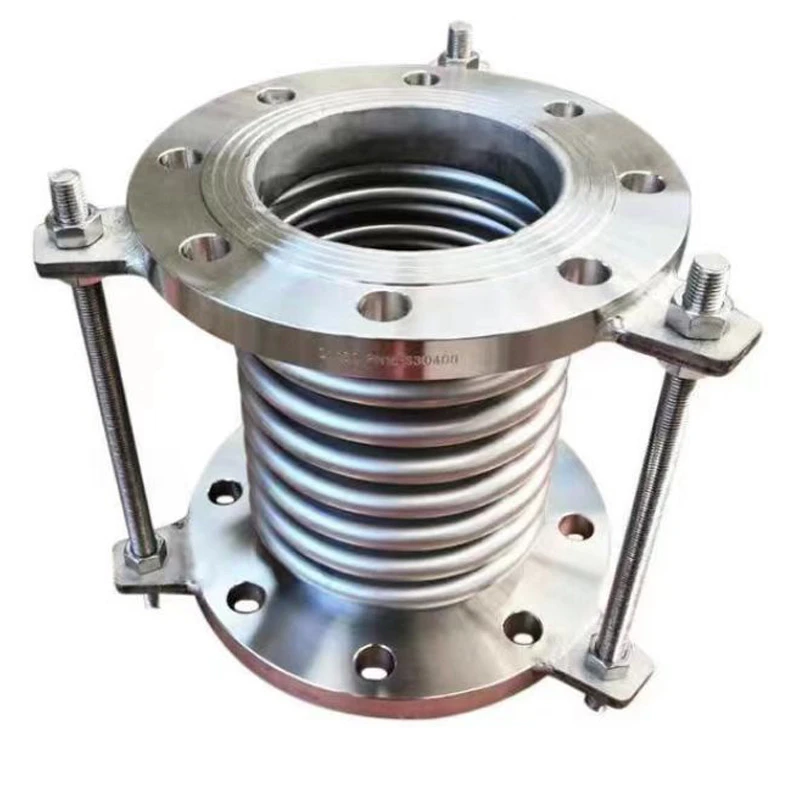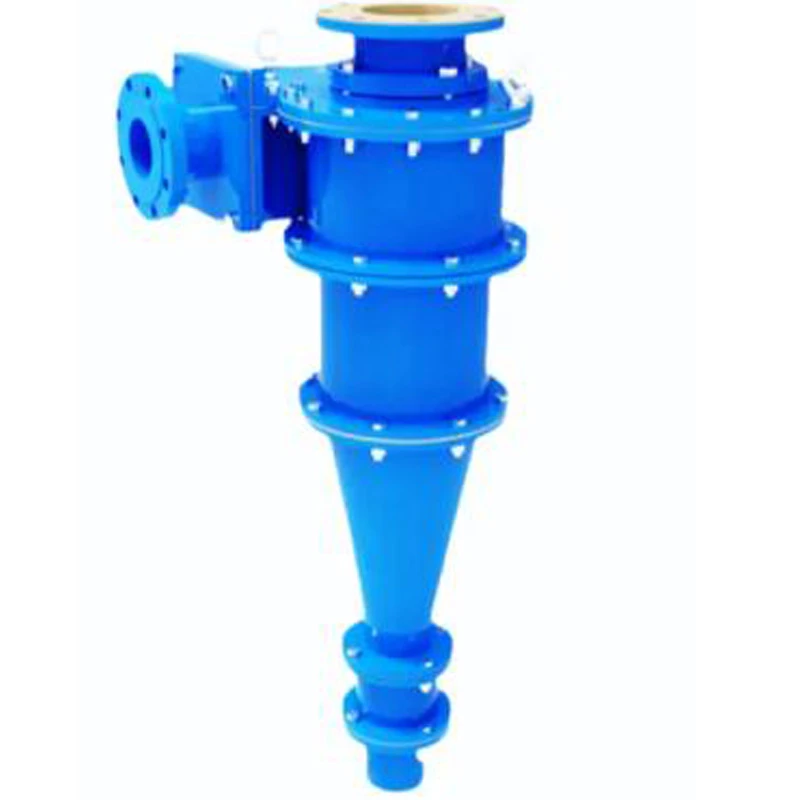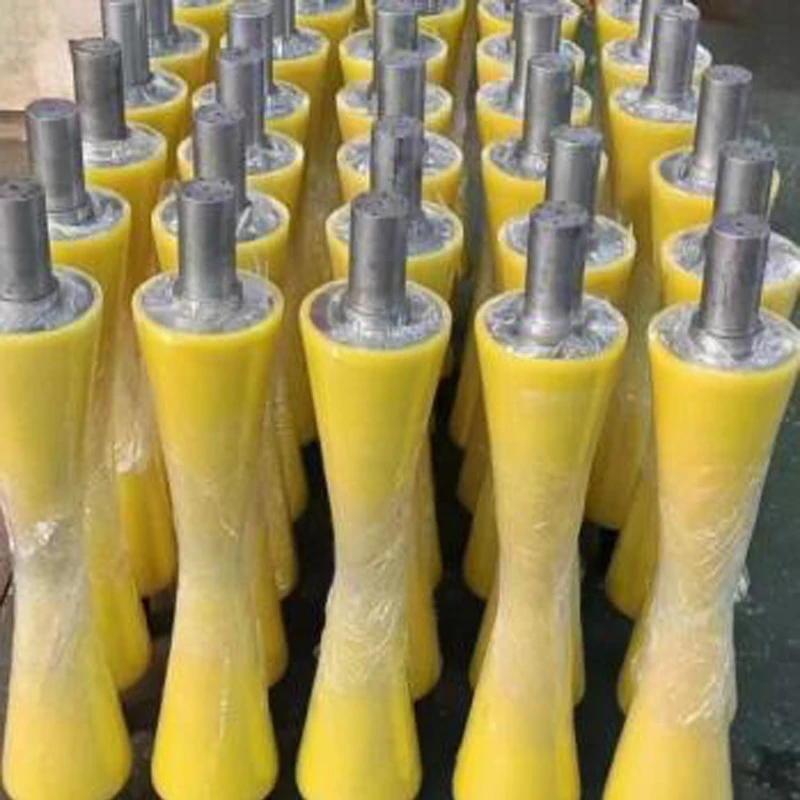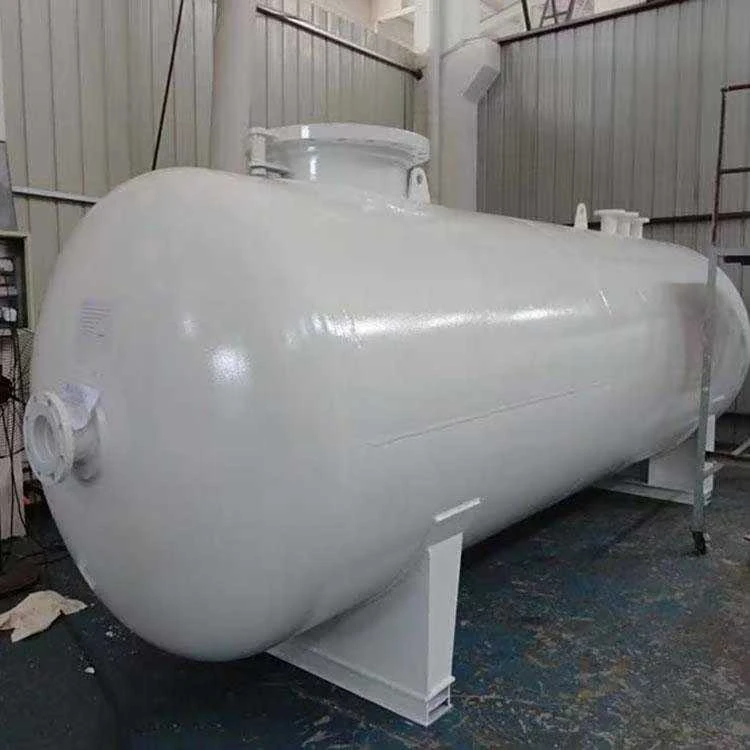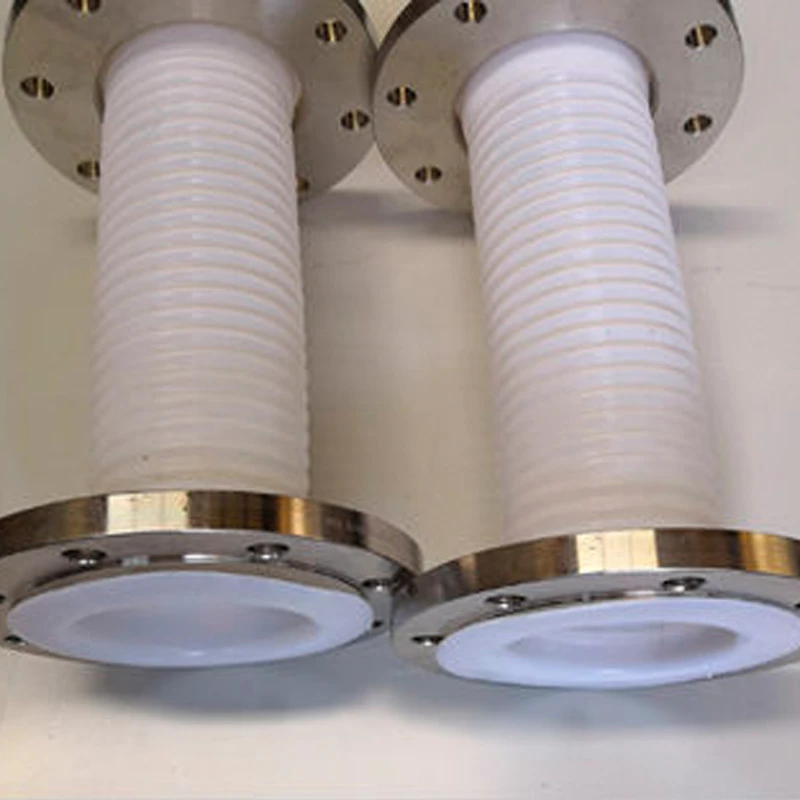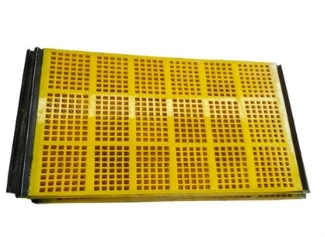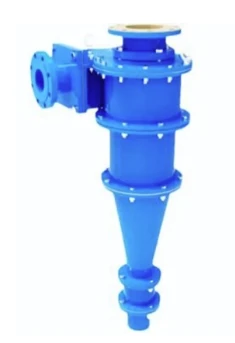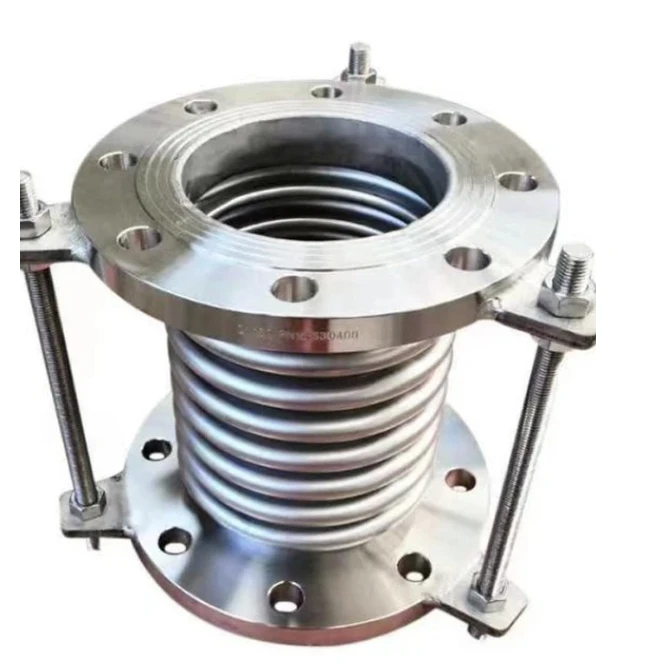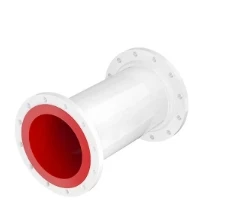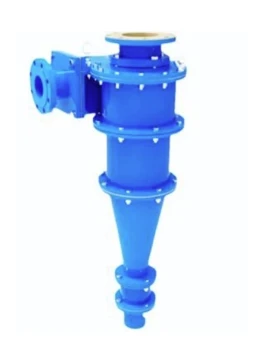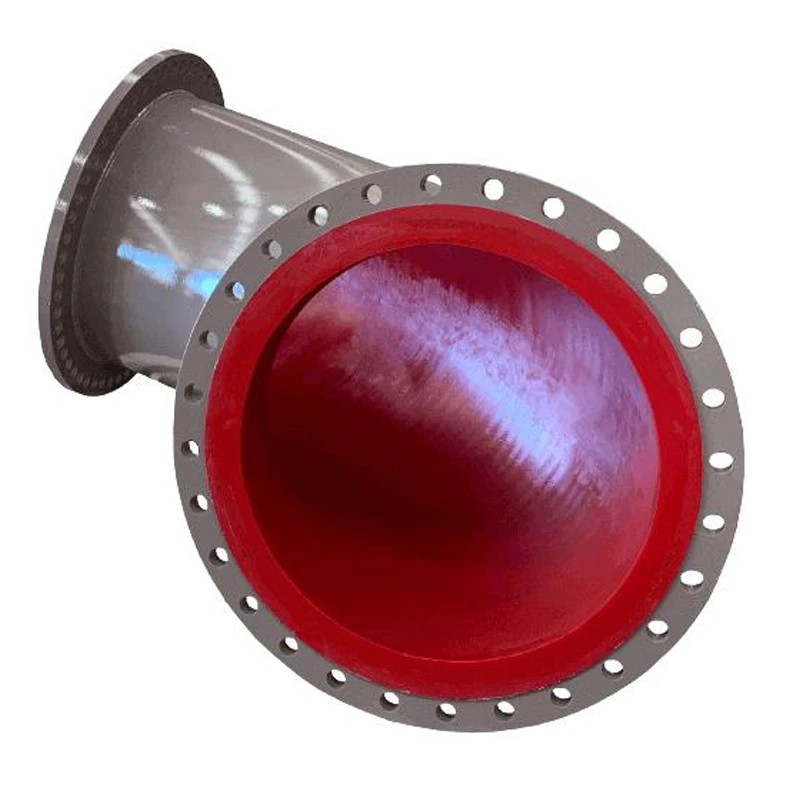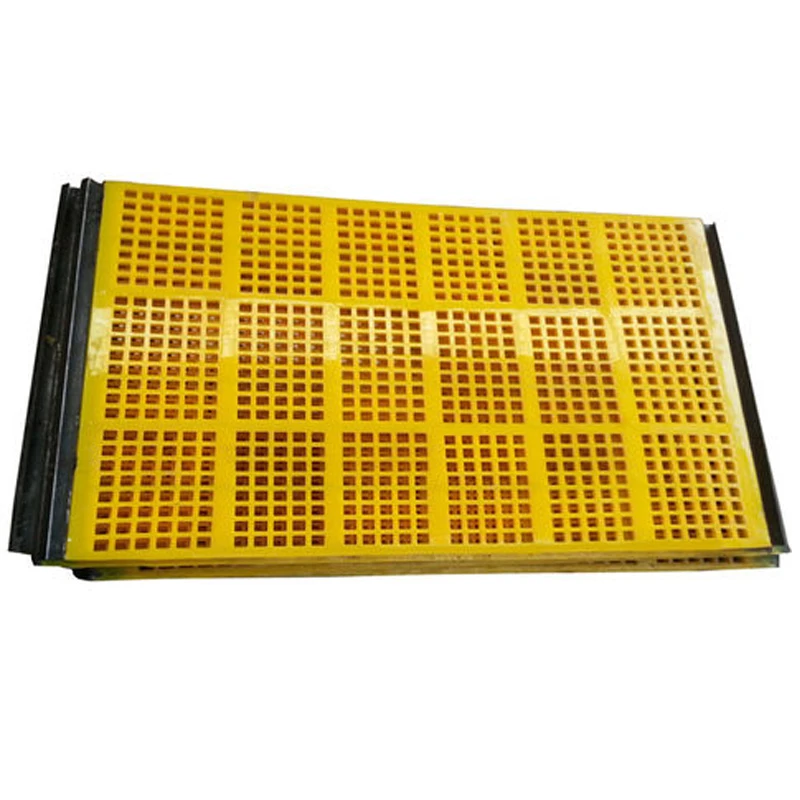High-Efficiency Vibrating Screens for Mining Operations Durable Sorting Solutions
- Understanding the Critical Role of Vibrating Screens in Mining Operations
- Key Technical Advantages of Modern Mining Vibrating Screens
- Performance Comparison: Leading Manufacturers of Vibrating Mining Screens
- Custom Solutions for Diverse Mining Applications
- Case Study: Optimizing Ore Processing with Heavy-Duty Vibrating Screens
- Maintenance Strategies to Extend Screen Lifespan
- Future Trends in Vibrating Screen Technology for Mining
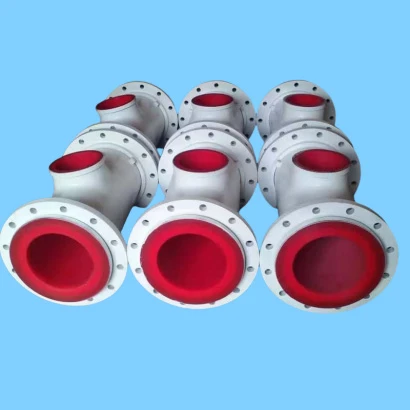
(vibrating screens mining)
Understanding the Critical Role of Vibrating Screens in Mining Operations
Vibrating screens mining equipment serves as the backbone of material classification in mineral processing. These machines efficiently separate bulk materials into precise size fractions, ensuring downstream processes operate at peak efficiency. In high-capacity mines, vibrating mining screens handle up to 4,000 tons per hour, with advanced models achieving 98% separation accuracy even in challenging conditions like wet or sticky ores.
Key Technical Advantages of Modern Mining Vibrating Screens
Contemporary mining vibrating screens integrate three core innovations: polyurethane composite panels for 40% longer wear life, dual-frequency vibration systems that adapt to material density changes, and AI-powered imbalance detection. Field tests demonstrate a 22% reduction in energy consumption compared to traditional models while maintaining throughput above industry-standard 350 t/m² screening capacity.
Performance Comparison: Leading Manufacturers of Vibrating Mining Screens
| Manufacturer | Deck Configuration | Max Capacity (tph) | Vibration Frequency (rpm) | Warranty Period |
|---|---|---|---|---|
| Metso Outotec | Triple-deck | 3,800 | 850-1,100 | 24 months |
| Sandvik Mining | Modular | 4,200 | 720-980 | 36 months |
| Terex Finlay | Double-deck | 2,750 | 900-1,200 | 18 months |
Custom Solutions for Diverse Mining Applications
Specialized vibrating mining screens now accommodate extreme operational requirements. For Arctic mining sites, heated screen decks prevent material freezing at -40°C. Desert operations benefit from sand-resistant bearings with 15,000-hour maintenance intervals. Underground mines utilize compact designs measuring 25% smaller than standard models while maintaining 95% of surface-mine screening capacity.
Case Study: Optimizing Ore Processing with Heavy-Duty Vibrating Screens
A Chilean copper mine achieved 18% higher throughput after installing banana-shaped vibrating screens with variable amplitude control. The retrofit project delivered ROI within 14 months through:
- 34% reduction in oversize material recirculation
- 27% longer screen panel lifespan
- 19% lower energy consumption per ton processed
Maintenance Strategies to Extend Screen Lifespan
Proactive maintenance protocols can increase vibrating screens mining
equipment service life by 60%. Key practices include laser alignment checks every 500 operating hours, ultrasonic thickness monitoring of wear plates, and predictive bearing replacement based on vibration spectrum analysis. These measures reduce unplanned downtime to under 2% annually in best-practice operations.
Future Trends in Vibrating Screen Technology for Mining
Next-generation vibrating mining screens will incorporate self-tuning resonance control and graphene-reinforced screen meshes capable of 50,000+ operating hours. Hybrid power systems combining diesel and regenerative braking energy are projected to cut carbon emissions by 41% per screening unit by 2028, aligning with global sustainable mining initiatives.

(vibrating screens mining)
FAQS on vibrating screens mining
Q: What are the primary applications of vibrating screens in mining?
A: Vibrating screens in mining are primarily used to separate, classify, and size raw materials like ores, coal, and aggregates. They enhance processing efficiency by filtering particles based on size. This ensures optimal material handling and downstream workflow.
Q: How do mining vibrating screens improve material processing?
A: Mining vibrating screens use high-frequency vibrations to sift materials quickly and reduce blockages. Their design minimizes downtime and boosts throughput. This results in higher productivity and cost-effective operations.
Q: What factors determine the choice of vibrating mining screens?
A: Key factors include material type, capacity requirements, particle size, and moisture content. Screen deck layers and vibration intensity also influence selection. Proper sizing ensures durability and meets specific mining conditions.
Q: How to maintain vibrating screens in harsh mining environments?
A: Regular inspection of screen meshes, springs, and bearings prevents wear. Clean screens after use to avoid material buildup. Use corrosion-resistant materials to extend lifespan in abrasive conditions.
Q: What distinguishes mining vibrating screens from standard industrial screens?
A: Mining vibrating screens are built with heavy-duty materials to withstand abrasive and high-load conditions. They feature reinforced structures and higher vibration amplitudes. This ensures reliability in demanding mining operations.
Related Products
Our main products are polyurethane lined pipes, mining equipment fittings and metal hoses.




